The first time I treated a cannabis overdose was when a man brought in his beautiful, new nine-week-old puppy. The roly-poly bundle of joy had ripped open a baggy and gorged on the entire stash. The man was sick with worry and rightly so — marijuana toxicity can be very serious in pets. The recent […] Read more
Tag Archives animal health — page 24

Farm dogs require unique health care requirements due to lifestyle
Dogs are dogs. They all have the same basic genes, whether they are Great Danes or Dachshunds. They also have relatively similar anatomy, immune systems and metabolism. All dogs are susceptible to certain infections and conditions. But due to their lifestyle, farm dogs have some unique health and wellness considerations that differ from pampered city […] Read more
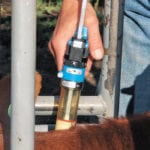
Processing and vaccinating hints for cattle producers
Developing safe vaccination protocols for your herd can pay off. Here are some basic tips: Store vaccines in the middle area of the fridge. Follow the label instructions and maintain the chain of refrigeration. Check fridge to ensure it stays at the desirable temperature. Keep a thermometer in the fridge. Don’t store vaccines in the […] Read more
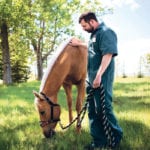
Pre-purchase examinations valuable when buying horses
After countless hours of scrolling through classified ads, you think you’ve found your next horse. Once an in-person meeting goes well, you may want to consider a pre-purchase exam before signing the cheque or sending an e-transfer. Many veterinarians offer pre-purchase examinations to check over a horse. The basic examination involves a detailed head-to-toe checkup. […] Read more
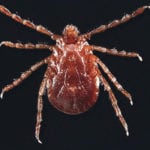
Longhorned tick arrival shows need for surveillance
Ticks come in two basic varieties. The so-called “hard ticks” are from the family known as Ixodidae and are characterized by a hard plate on their backs. Soft ticks (family Argasidae) lack this hard, protective plate and are usually more oval or pear-shaped. Ticks can carry a variety of infectious diseases and can infect humans, […] Read more
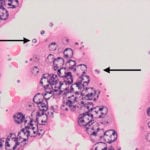
Cryptosporidiosis is a common cause of scours in calves
The cold, snowy spring this year made for an especially challenging calving season. Many producers experienced sick calves and substantial loses. One of the culprits during this tough spring was a parasite called Cryptosporidium. Cryptosporidiosis is a common cause of diarrhea in young calves. This nasty parasite attaches to and damages the intestinal lining, causing […] Read more
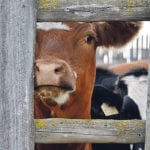
Pre-turnout procedures can pay off in productivity
Whether it is grass yearlings or cow-calf pairs and breeding bulls, management procedures can and should be implemented before releasing cattle to pasture. The result is better health or increased performance this summer. We likely won’t get our hands on these cattle until fall so think into the future. Some have the luxury of herding […] Read more

Deadly fish disease continues spread in Western Canada
With the summer lake season just around the corner, fish and game officials are on high alert for additional cases of the deadly whirling disease in fish. The disease is caused by a tiny parasite called Myxobolus cerebralis, a microscopic pathogen that attacks the cartilage of growing fish, causing damage and inflammation in the skull […] Read more

Many factors can cause pregnancy loss in mares
After months of careful planning and anticipation, the loss of a mare’s pregnancy can be devastating. Any number of things can cause fetal death in mares and it is worth knowing why in case preventive measures are available for future breedings. For starters, mares have to be healthy and well-nourished to carry a pregnancy to […] Read more
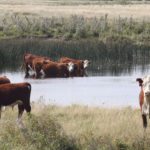
Copper deficiency a problem when sulfates are high
Last summer, we had significant water quality issues in parts of Saskatchewan and Alberta that affected the cattle population. The low levels of rainfall and the high temperatures of the summer resulted in the concentration of salts in dugouts, which resulted in very poor water quality, largely due to high levels of sulfates in the […] Read more






